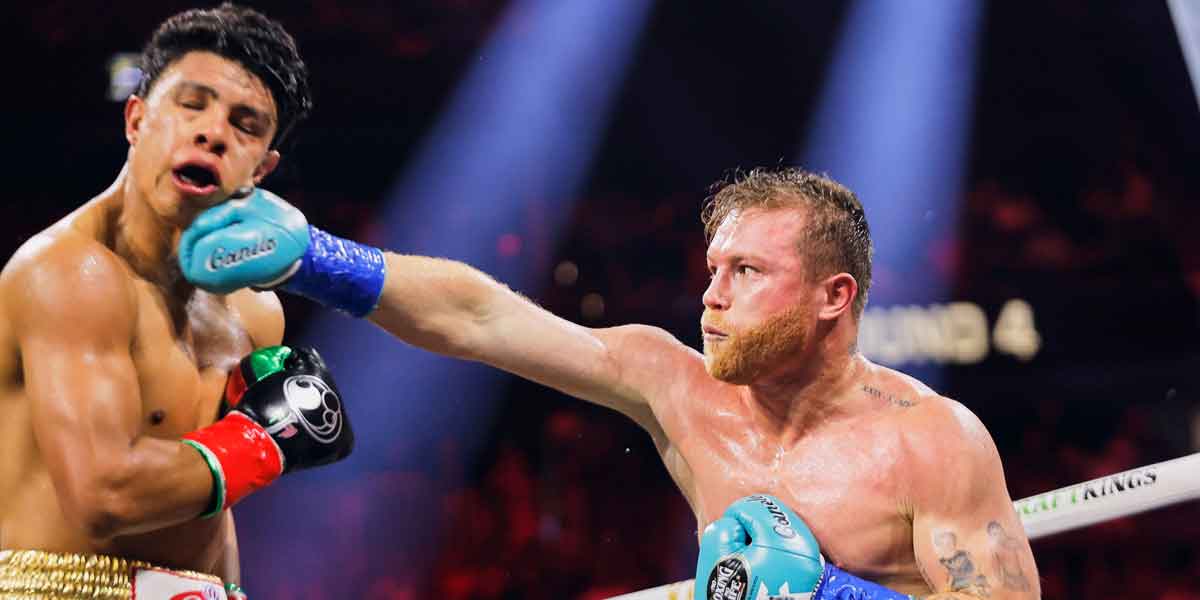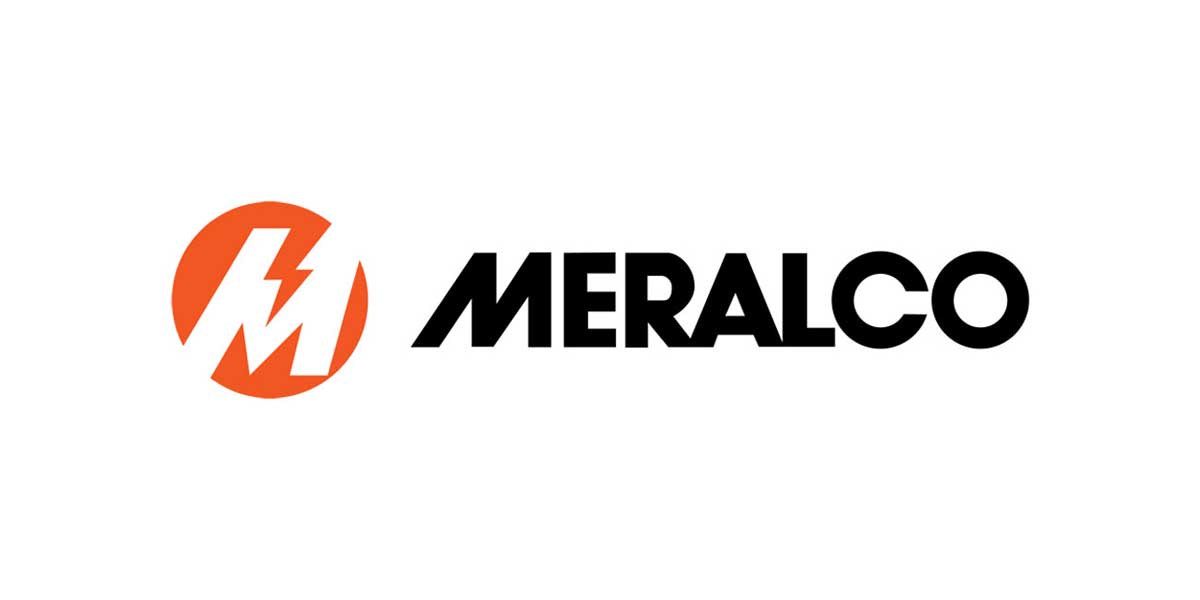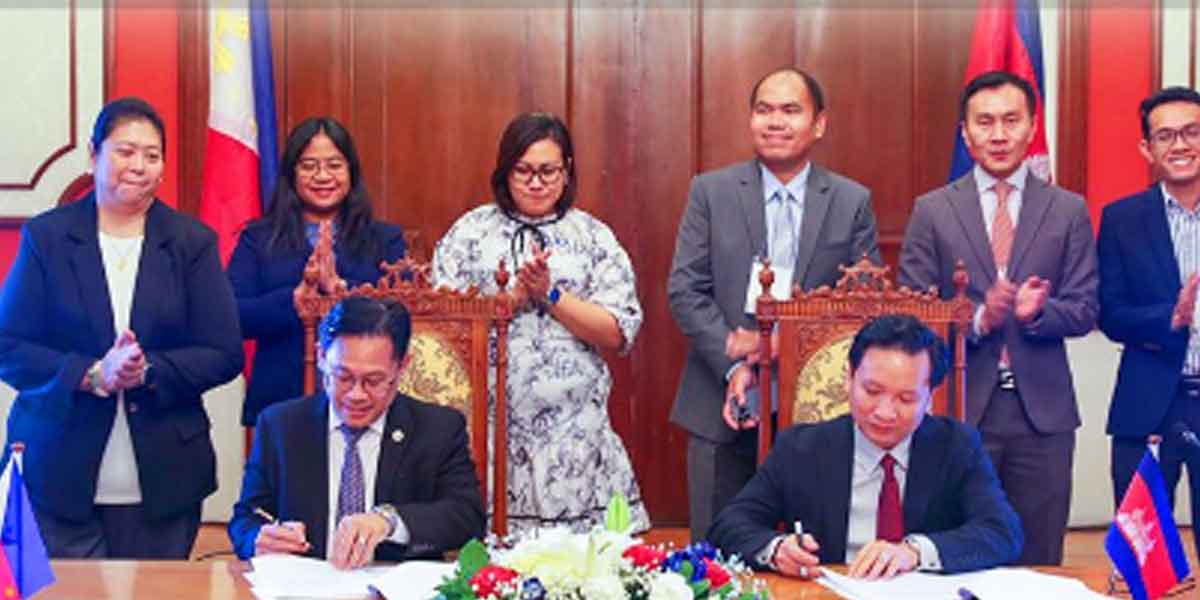By Herbert Vego
TIME was when I would not eat vegetables. I had no appetite for them. Instead, I devoured meat – especially beef and pork – as if it would no longer be available the next day. It’s the other way around today. I may not like the taste of certain vegetable meals, but I’d always clamor for them without giving up limited slices of meat.
I have no alternative but this semi-vegetarian lifestyle. There was a time – more than ten years ago already –when my chest x-ray revealed “atherosclerotic aorta”. My two-dimensional echo-cardiograph (2-d echo) revealed “left ventricular dysfunction.” I thought I was dying due to unprecedented dizziness, body weakness and muscle pains. My doctor warned that I could die of hypertension, heart attack or stroke unless I abandoned fatty foods.
“Slow down,” Dr. Pacifico Dalisay Jr. advised.
With no money to buy mega-expensive drugs that could not guarantee cure after all, I decided to spend more time reading books and articles on vegetarianism; it could be the answer to my problem. One of the books recommends adherence to a vegetarian diet and withdrawal from meat and other fatty foods. This could reverse inflammation of the arteries. I have been feeling better as a result of heeding the advice “half-way” – more fruits and veggies, reduced meat.
Vegetarianism, everybody knows, is the practice of eating foods mainly from the plant kingdom, rarely from animals. Those who eat no animal or dairy products are more correctly described as vegans.
Historically, vegetarianism sprang from philosophical and religious beliefs. Followers of Hinduism and Buddhism have for centuries avoided animal flesh because of the belief in the sacredness of life and the reincarnation of souls into the bodies of other animate beings. The Seventh-Day Adventists preach vegetarianism purely for better health. The Roman Catholic Trappist monks also practice vegetarianism for a different reason: to fulfill vows of austerity and self-sacrifice.
Modern vegetarianism entered public consciousness during the 19th century, specifically in 1847 with the establishment of the Vegetarian Society in Great Britain, which also taught that killing animals is both cruel and unnecessary; and that using available land to raise vegetables, grains and fruits instead of livestock makes better economic and ecological sense.
Today, scientific studies show that diets rich in animal fats may contribute to the early development of diseases, including obesity, coronary artery disease, hypertension, diabetes and colorectal cancer.
The plant-based diet has the advantage of being low in saturated fats, cholesterol and salt, but most vegetables can be lacking in essential nutrients received from meat, fish and poultry. The good news, however, is that certain grains – say mongo – are as rich in protein as meat. An excellent substitute for milk and other dairy products is soy bean.
In the United States, the American Dietetic Association recommends that vegetarians take vitamin and mineral supplements always. In particular, vegans must take vitamin B supplements, since vitamins B6 and B12 are not found in vegetables.
A number of Hollywood stars have publicly embraced vegetarianism. To quote Alicia Silverstone, “Since I’ve gone vegetarian, my body has never felt better and my taste buds have opened up to a whole new world.”
The still shapely “Baywatch” star Pamela Anderson once told a tabloid reporter, “Chickens, pigs and other animals are interesting individuals with personalities and intelligence. If people are eating animals, they are promoting cruelty to animals.”
The old but still handsome Paul McCartney, 80 – of the phenomenal Beatles – once told a magazine writer: “To save the planet, all you have to do is just stop eating meat. Vegetarianism takes care of so many things in one shot – ecology, famine, cruelty.”
I just can’t swallow the line that Anderson and McCartney are strict vegans. No doubt they face the problem that I have – eating at birthday parties where avoiding meat is next to impossible. Hmmm, isn’t that a tasty alibi?
I guess that’s good enough because, despite my cardiomegaly or slight heart enlargement, I remain alive to tell this story at age 73.
-oOo-
MORE POWER NOT THE CULPRIT
IN the past, whenever brownouts hit Iloilo City, netizens ganged up on MORE Electric and Power Corp. (MORE Power) as “the culprit”.
But now that power outages occur almost daily in the whole region 6, they know better and blame the National Grid Corporation of the Philippines (NGCP) instead. In turn, NGCP comes up with the vague “system disturbance” excuse to deflect public anger.
The reason it’s hard to pinpoint the “culprit” is because of the “trinity” composition of energy empowerment – the generation, the transmission and distribution of electricity from source to homes and offices. The generation component belongs to the power plants like Panay Energy Development Corporation (PEDC) and Palm Concepcion Power Corp. (PCPC); transmission exclusively to NGCP; and distribution to distribution utilities like MORE Power in Iloilo City and ILECO in Iloilo province.
I agree with fellow journalist and Daily Guardian founder Lemuel Fernandez, who wrote on his Facebook page that “we are at the mercy of NGCP with its hundreds of kilometers long transmission lines that are constantly subject to faults, calamities, anomalies and disturbances, manmade and natural.”
There ought to be an amendment to the Electric Power Industry Reform Act (EPIRA) which disallows distribution utilities (DUs) to tap power directly from power plants instead of passing through NGCP; or to generate their own.
Let us realize that no DUs would want to deprive customers of their services. Whenever they have no electricity to distribute, they suffer lost income. Thus, they have to expand services to the max in order to profit on economies of scale.
What has Western Visayas done to deserve the NGCP-traced outages?
Call your friends in Metro Manila. Wala sila brownout.

























